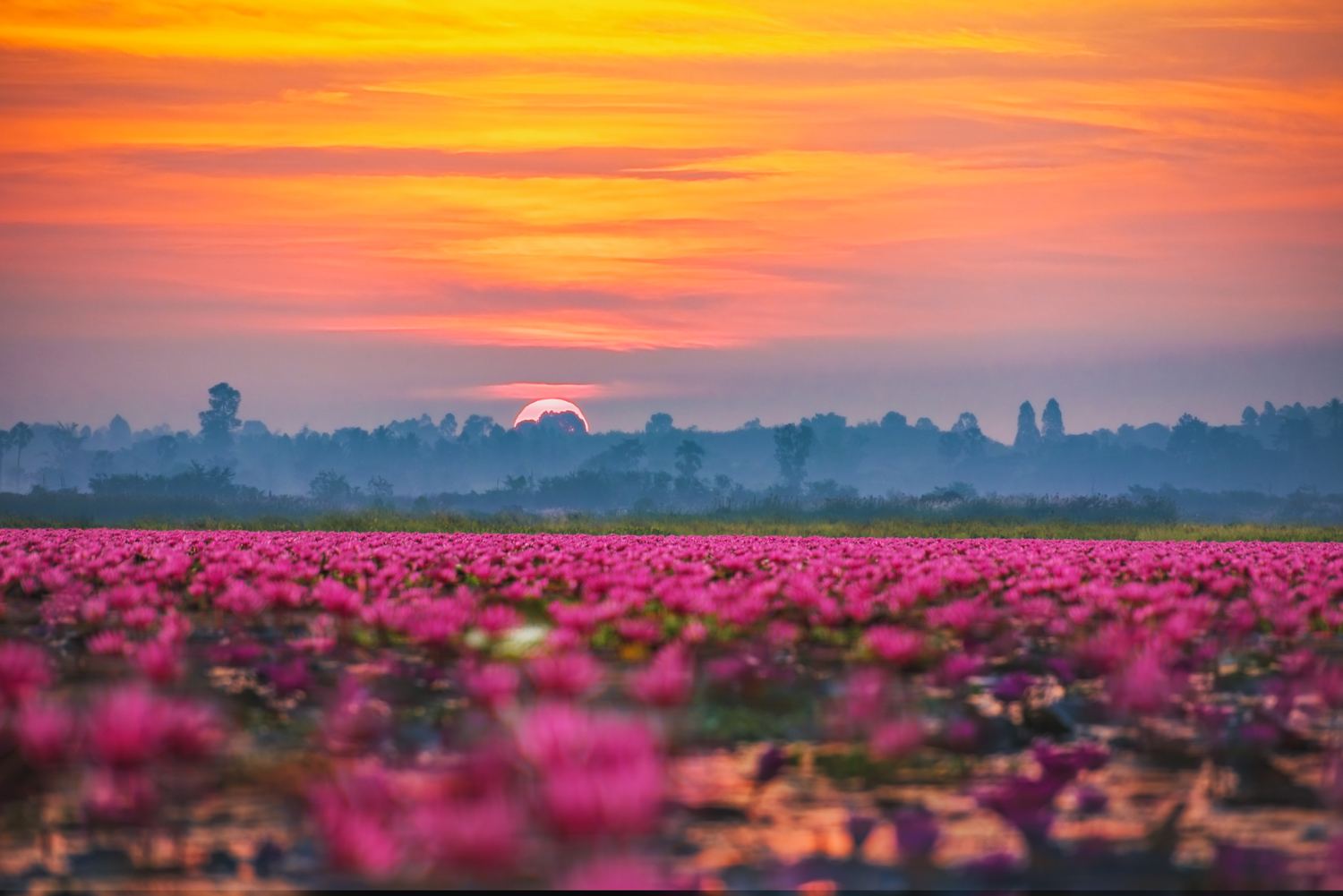This study series focuses on Nichiren Daishonin’s disciples, who faced challenges that we can still relate to today, and his enduring encouragement to them that we can apply to dynamically transform our lives.
None of us is exempt from the universal sufferings of birth, aging, sickness and death. Buddhism was expounded to help all people rise above these sufferings and lead the most joyful and fulfilling lives.
Nichiren Daishonin, in late 1281, acknowledges his own aging, saying, “I have grown weaker and weaker in body with each year, and my mind has become increasingly distracted” (“Reply to the Lay Nun, Mother of Ueno,” The Writings of Nichiren Daishonin, vol. 2, p. 973).
Despite his personal challenges, he always pondered how to encourage and foster his disciples. His letters to his disciples of advanced age are especially heartwarming. Let’s look at a few written to the lay priest and the lay nun of Ko.
Treasure Our Connections With Others
Little is known about them, but they lived on Sado Island and embraced the Daishonin’s teachings while he was exiled there. It seems that they lived near the area that was the seat of the provincial government, called ko in Japanese. Thus, they were called “the lay priest and the lay nun of Ko.”
Nichiren writes to them about how he had endeavored for years to spread the Mystic Law to awaken all people to their inherent Buddhahood yet was vilified, attacked and exiled. On Sado, he says, he was abandoned in the wilderness, exposed to snow and survived by eating grass (see “Letter to the Lay Nun of Ko,” WND-1, 596). He also faced hostile Nembutsu believers. Those who had sentenced him did not expect him to survive.
Still, he always showed warm concern for everyone around him, including the lay priest and his wife. Despite being new to practicing his teaching, they had risked their lives to protect him, bringing him food and provisions, “never fearing even punishment from the provincial officials” (“Letter to the Lay Nun of Ko,” WND-1, 596). Had they been caught, they could have been banished or imprisoned.
Thanks to the daring support of this couple and several others, Nichiren survived and was pardoned from exile in March 1274. After nearly two years on Sado, he had developed deep bonds with many there. He writes to the lay nun:
Thus, though it [Sado] was a harsh land, when I left, I felt as if the hair that had been shaved from my head were being tugged from behind and as if with each step I took I were being pulled back. (“Letter to the Lay Nun of Ko,” WND-1, 596)
Far from resenting his harsh place of exile, he transformed it into a place where he not only wrote many essential teachings but also cultivated deep and lasting relationships.
Similarly, no matter our difficulties, we can find strength in treasuring the rich bonds we share with good friends in faith. Ikeda Sensei says:
There is no doubt that the older one gets, the more one appreciates the good fortune of having supportive and encouraging friends. The members of the Soka Gakkai are extending a network of such treasured friendships throughout their communities and society at large. (The Wisdom for Creating Happiness and Peace, part 1, revised edition, p. 301)
Buddhahood Is the ‘Final Abode’
In addition, as many in Japan were deeply afraid of a second Mongol invasion, the Daishonin tried to comfort the lay priest and lay nun:
Since you have no sons, please consider coming here to live with me in your old age. No place is secure. Be convinced that Buddhahood is the final abode. (“Reply to the Lay Priest of Ko,” WND-1, 491)
He invites them to join him at Mount Minobu, a place far removed from potential invaders, but also says that our “final abode” is to be found within our own lives. We build this “final abode,” the indestructible life state of Buddhahood, by chanting Nam-myoho-renge-kyo, treasuring our friends in faith, sharing Buddhism and raising the next generation. We find our worries fading and our lives shining with hope and joy with a powerful life force. As Sensei affirms:
External circumstances do not determine our peace of mind. … Only the “palace” of peace and security that we build within our own life through our Buddhist practice is eternal. (The Wisdom for Creating Happiness and Peace, part 1, revised edition, p. 300)
—Prepared by the SGI-USA Study Department
You are reading {{ meterCount }} of {{ meterMax }} free premium articles

